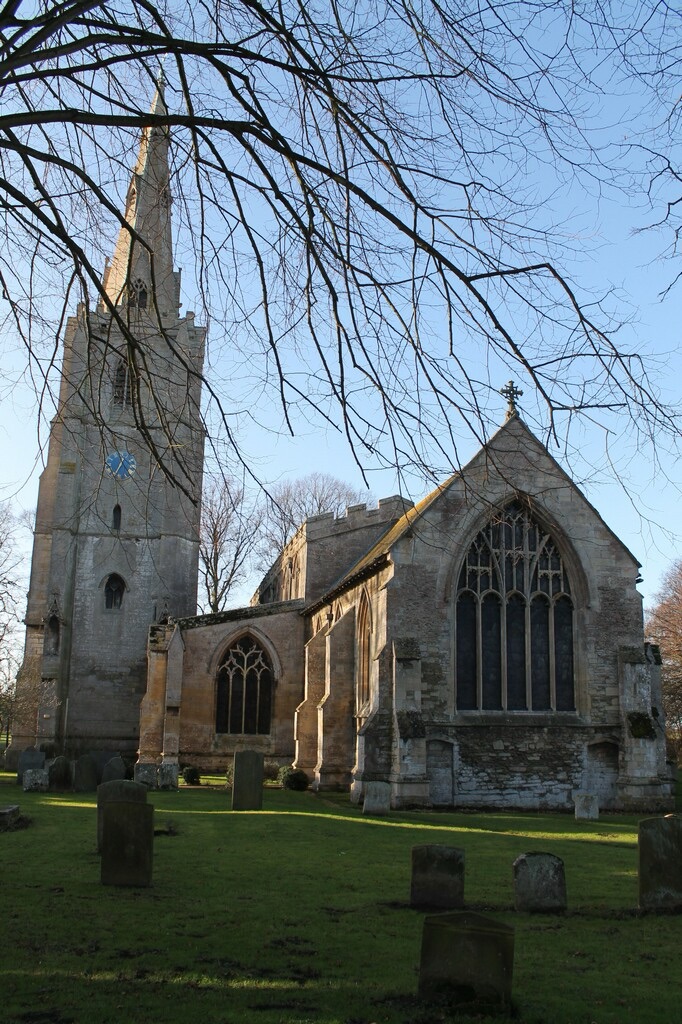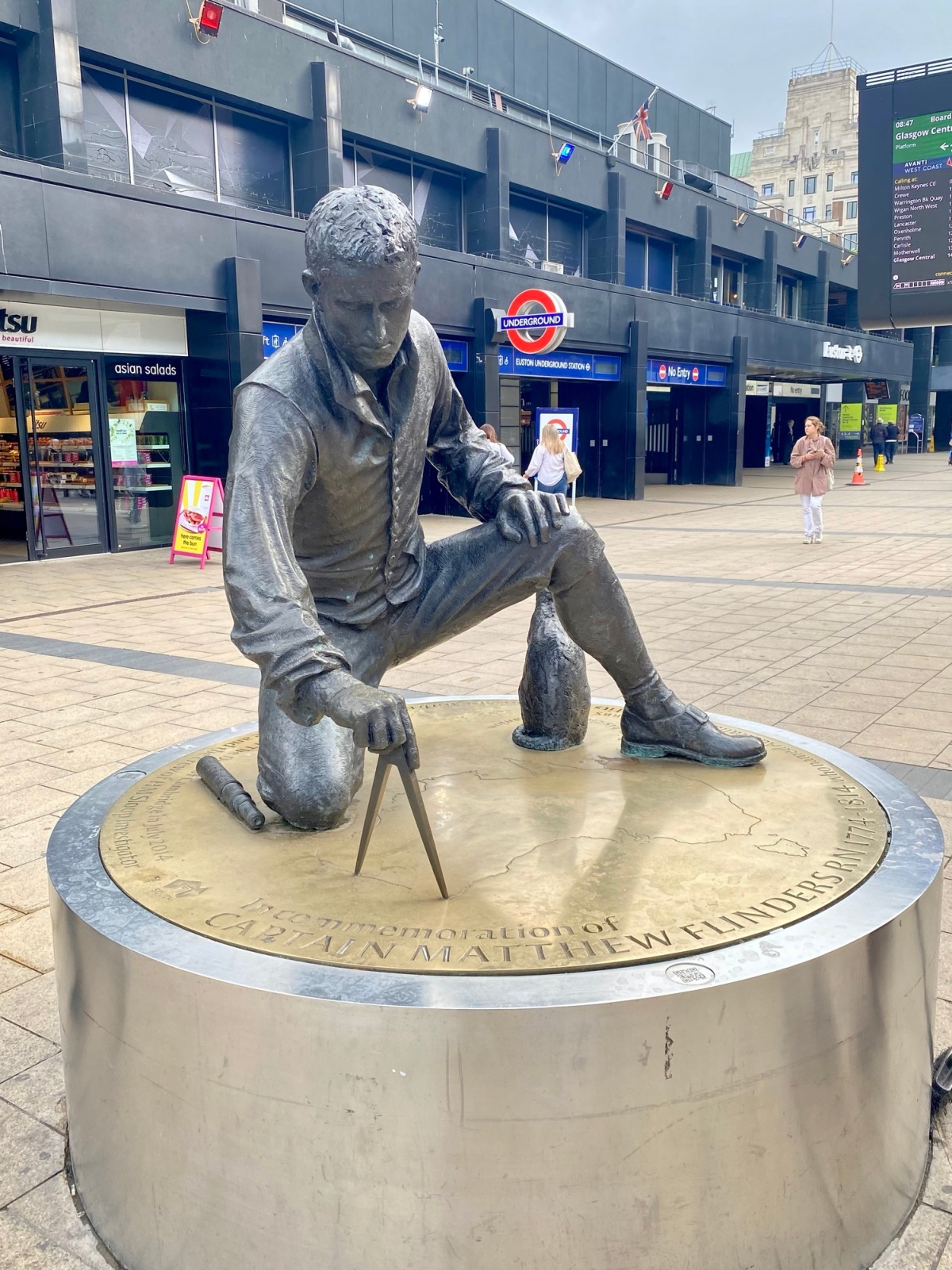From the London Remembers website:
“Inscription
{Around the outer edge of the bronze disc, on top of the stainless steel plinth:}
In commemoration of Captain Matthew Flinders RN, 1774 – 1814, who named Australia and charted its ‘unknown coast’ with the help of Bungaree and the crew of HM Sloop Investigator.
{And on the inner circle:}
Trim, his close companion. Sculptor: Mark Richards FRB. Unveiled by HRH The Duke of Cambridge in July 2014.
Unveiled by Prince William at Australia House on 18 July 2014 and installed in Euston Station’s main hall the following day. Moved to the exterior forecourt c.2017.
Two copies were made of this statue, one of which is in Port Lincoln, South Australia.
The statue shows Flinders plotting a course on a stylised map of Australia, accompanied by his cat Trim.”
Roff Smith reported for National Geographic on January 25, 2019:
“…Flinders, a British naval officer who in 1803 led the first expedition to circumnavigate Australia, and who is widely credited with giving the continent its name, died in 1814 and was buried in a London cemetery. The graveyard subsequently fell into neglect and was later redeveloped into a city park named St. James Gardens. The headstones were unceremoniously cleared away and the locations and identities of the graves, some 60,000 of them, were lost and forgotten.
A portion of the old burial ground became the site of the Euston railway station, and a popular urban myth sprang up that Flinders was buried under Platform 15.
That’s how things might have remained but for the mammoth HS2 high speed rail link being built to connect London with Birmingham. As part of that megaproject, St. James Gardens is being built over and the thousands of graves are being exhumed for reburial elsewhere…”
https://wellcomecollection.org/articles/X2tpmxMAAHbq_RBP

Helen Wass, HS2’s Head of Heritage, explains the impact of the discovery:
The discovery of Captain Matthew Flinders’s remains is an incredible opportunity for us to learn more about the life and remarkable achievements of this British navigator, hydrographer and scientist. Captain Matthew Flinders put Australia on the map due to his tenacity and expertise as a navigator and explorer. Given the number of human remains at St. James’s, we weren’t confident that we were going to find him. We were very lucky that Captain Flinders had a breastplate made of lead meaning it would not have corroded. We’ll now be able to study his skeleton to see whether life at sea left its mark and what more we can learn about him. This discovery is particularly exciting for me as an archaeologist working on the site as Captain Matthew Flinders was the grandfather of renowned Sir William Matthew Flinders Petrie, commonly known as the ‘Father of Archaeology’.
The scientific study of human remains from St James burial ground will better our understanding of life and death in London’s 18th and 19th centuries, shedding light on health and disease, social status and lifestyle. Those buried in the long since demolished chapel and burial ground include individuals from all walks of life: paupers and nobility, artists and musicians, soldiers and sailors, inventors and industrialists, as well as victims of accidents, disease, suicide and murder.”

